The process of modifying a country’s name isn’t simple, much less economical. But despite it all, various parts of the world have dared to do it.
UNIQ found 11 countries that changed their names and we’ll tell you the story behind their resolutions.
Due to land divisions, wars, changes in government, independence, or simply to facilitate pronunciation abroad, some countries have decided to change their name. In some cases, they did it many years ago, and we know these countries by their current name. But others did it very recently, and we still find it challenging to call them by their new name.
Remember to read all the way through to the last country’s story — you’ll find a bonus that explains how much it costs to make this modification.
11Holland changed to The Netherlands
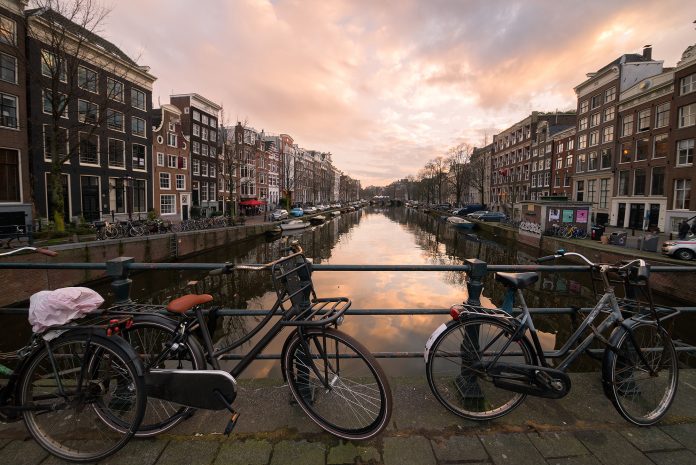
As a marketing move, the government decided that from January 2020, the official name of the Netherlands would be used for promotional purposes instead of Holland. One of the reasons for this change is to “present the Netherlands as an open, inventive, and inclusive country.”
10Ceylon changed to Sri Lanka
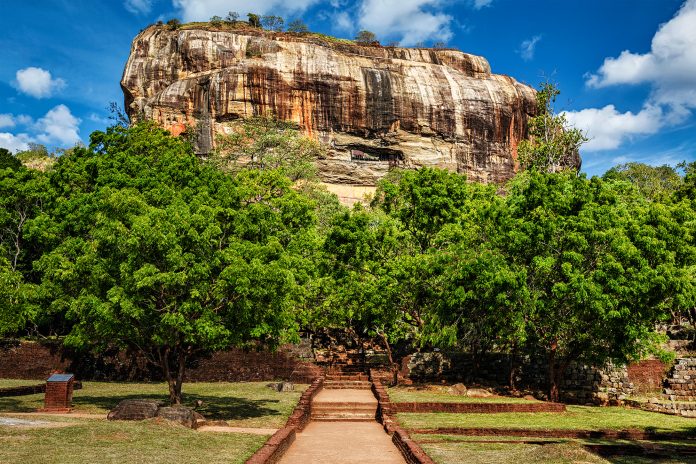
Ancient Ceylon, modern-day Sri Lanka, changed its name that was given by the Portuguese when they discovered it in 1505. It later became part of the British Empire and gained its independence in 1948. However, it was years later that the island’s government decided to make the change. In 2011, all references to Ceylon, from official bodies to companies that still carried the old name, were removed.
9The Republic of Macedonia changed to the Republic of North Macedonia
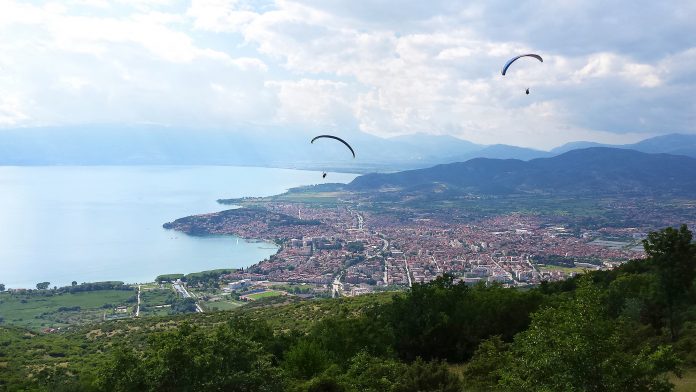
The former Republic of Macedonia changed its name to the Republic of North Macedonia in February 2019. The main reason for the change in name was to become a part of NATO, and also to distinguish itself from its neighbor, Greece, which has a region named Macedonia. The inhabitants will continue to call themselves “Macedonians,” and the official language will remain “Macedonian.”
8Czech Republic changed to Czechia

In order to facilitate the naming of the country at sporting events, as a part of companies’ marketing efforts, and in the rest of the world, the Czech Republic shortened its name to Czechia in April 2016. The measure had been discussed for 20 years until, finally, it was decided to shorten the name so that pronunciation would be easier in each of the country’s 6 official languages: English, French, Russian, Chinese, Spanish, and Arabic. Although the official name will still be the Czech Republic, Czechia has become the shortened official name of the country.
7Swaziland changed to Eswatini

In April 2018, the king of Swaziland, in Africa, issued a statement declaring that the country’s name would change to Eswatini. The modification didn’t surprise its people since that was the name they were already using. Eswatini is just the translation of Swaziland into the local language, which means “land of the Swazis.” Besides, the old name was confusing, since many mistook it for Switzerland.
6Alto Volta changed to Burkina Faso
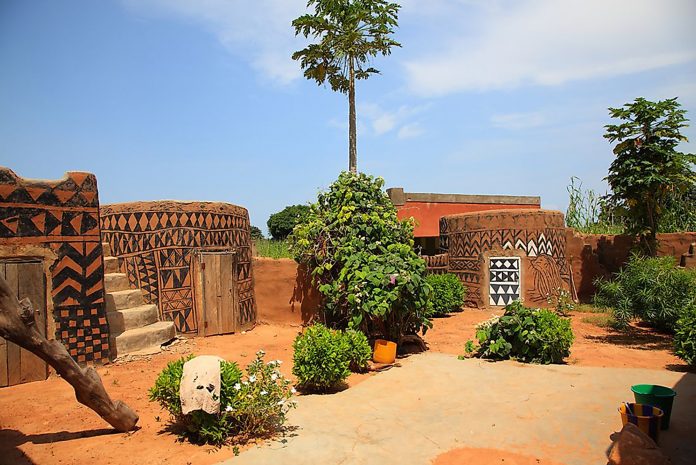
To celebrate the twentieth anniversary of its independence, the Republic of Alto Volta was renamed Burkina Faso, which, in the local language, means “land of whole men.” The change was made in 1984, along with the alteration of the flag and the national anthem. The previous name referred to one of the main rivers in the region.
5Burma changed to Myanmar

In 1989, the country’s leading military government was determined to change the name from Burma to Myanmar in an attempt to preserve the way it’s written in the local language: Myanma. However, not everyone agreed with this decision. For this reason, some parts of the world still insist on referring to this Asian country as Burma.
4Siam changed to Thailand.

Siam’s name change to Thailand didn’t happen very recently. It was established in 1939 by the king who ruled the country at the time. In the local language, the name is pronounced Prathet Thai, which means “the country of free people,” and it pays tribute to the first settlers who arrived seeking freedom from China.
3German South West Africa changed to Namibia.
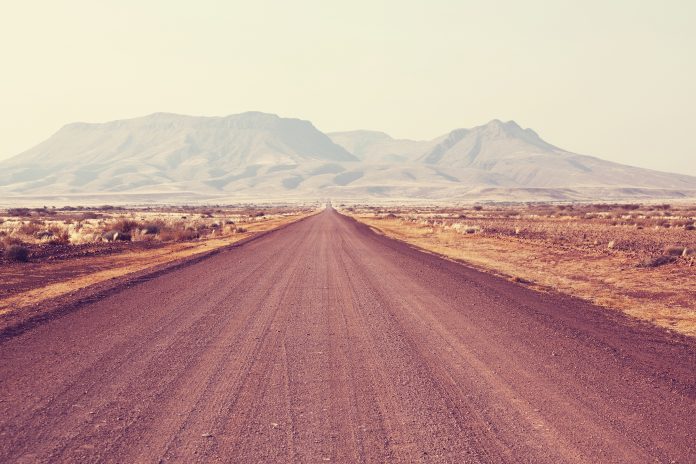
When the country became independent from Germany, it was renamed Namibia. This happened in 1990. Sometime later, the names of cities and regions that were in German were also changed. The citizens didn’t like the proposal at all since they were already familiar with the old names.
2Cape Verde changed to the Republic of Cabo Verde
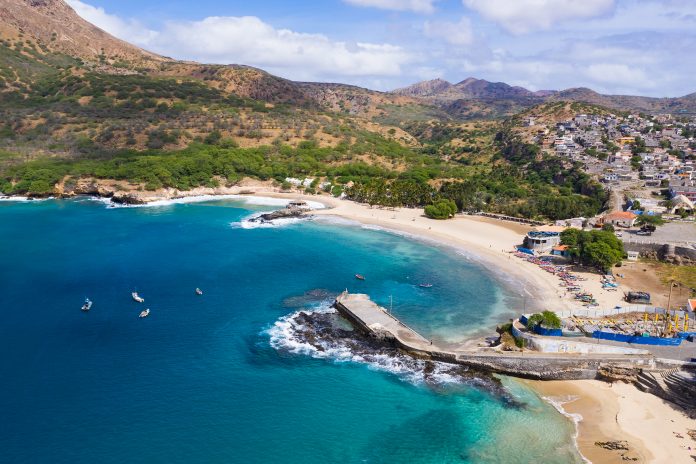
Another recent change was the one from Cape Verde, which took place in 2013. The country’s name is now the Republic of Cabo Verde, or simply Cabo Verde, which is what the Portuguese sailors who discovered the islands called them, in 1444.
1Irish Free State changed to Ireland.

In 1937, with the intention of removing all ties to the United Kingdom (with whom the country had a fierce war for 2 years), the Irish Free State became Ireland, or Éire, in the local Irish language.
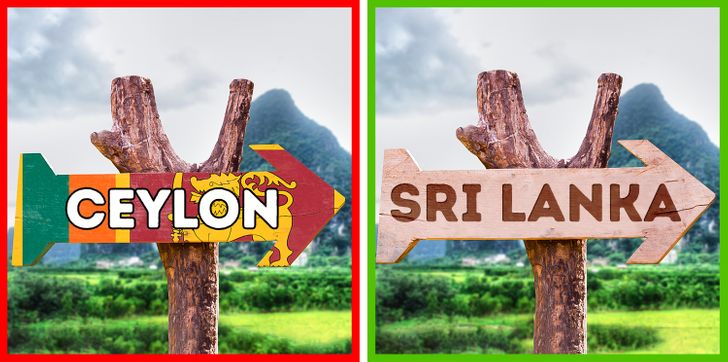
Bonus: How much does it cost to change the name of a country?
Most of the countries on the list switched their name as a way of erasing part of their past and getting closer to their true identity, while others did it to encourage tourism, like the Netherlands. However, not everything is as easy as it seems. And it’s not cheap either. Each nation paid millions of dollars, or its equivalent in their local currencies, to change its name.
And then you have the citizens who are used to calling their country by a certain name and have to become familiar with writing it and saying it in another. These changes don’t happen overnight, and although many will still wonder if they were even necessary at all, they will usually end up embracing them.
It is not a matter of having a clean slate. The Constitution, official stationery, and even money has to change as well. Everything that bears the country’s old name, like maps, flags, and hymns, must erase it and replace it with the new one. This, of course, takes time.
Would you change your name? Do you agree with what these countries have done? Tell us in the comment section! And share the article with your friends if you thought it was cool!










